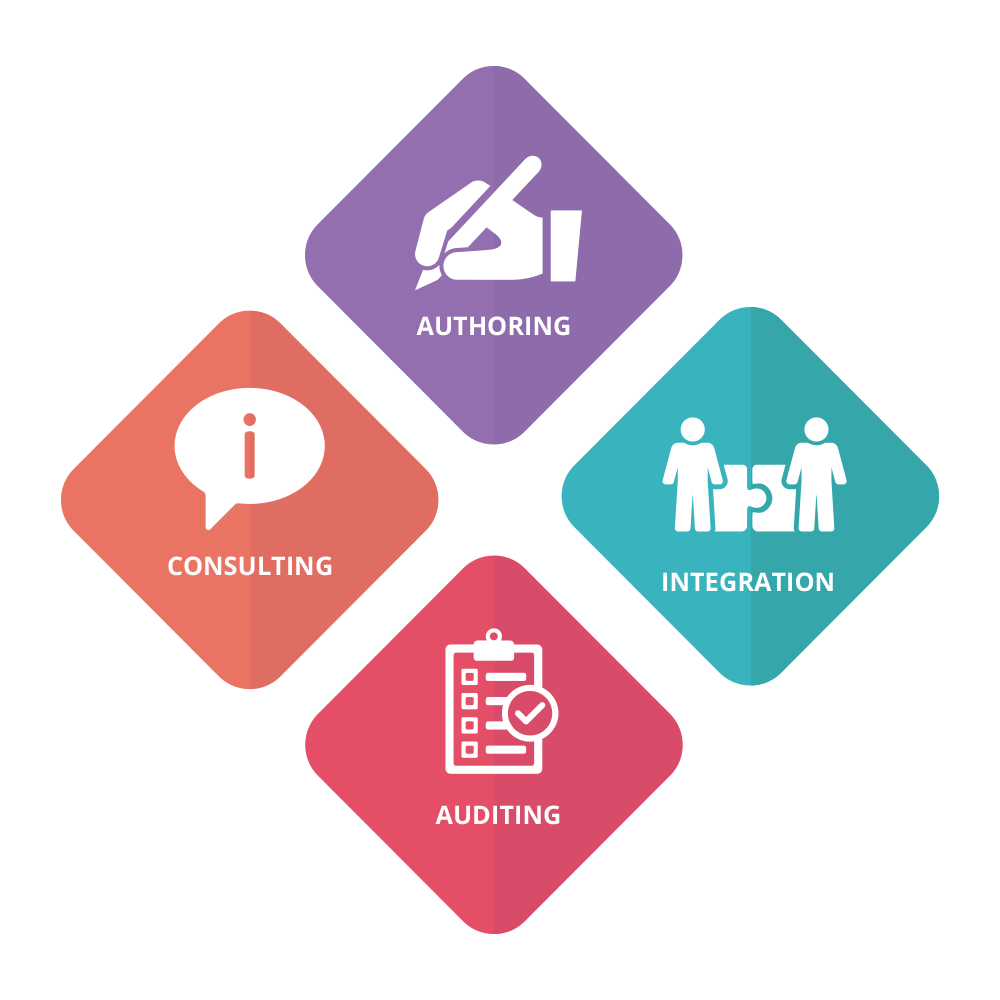Confined Space Online Training
This Confined Space Entry / Monitor course will guide you through all aspects of working in a Confined Space from entry and exit to safe work and rescue procedures. This training program will explain in detail what you need to know, emphasize key points and test your knowledge retention after each module. You should check with your employer to see whether or not you need Confined Spaces Training, and to which level of training you will be required to achieve.
This course consists of 9 chapters and a final exam. Once you pass your exam, you may print your certificates of completion (wallet & wall sized).
After completion of this course, you should be able to understand:
- What is a Confined Space?
- How to Safely Enter a Confined Space
- Worker and Employer Responsibilities
- Hazard Recognition and the Hierarchy of Controls
- Safe Work and Rescue Procedures
- Organizational Documentation
This training may be supplemented with plan-specific training dependent on the nature of the work. Please contact us if you would like more information or to arrange supplementary training or assistance with developing a confined spaces plan.
| Average Duration: 1.5 - 2 Hours | |
| Printable Certificate Upon Completion | |
| Plastic Proof Of Training Card Available | |
| Unlimited Exam Attempts | |
| Standards Compliant | |
| Valid for 3 Years | |
| Self-Paced. Available 24/7 | |
| Live Student Support | |
| Permanent Record of Training | |
| User Management Tools Available |
Course Outline
1. Introduction to Confined Spaces
Learn how to identify and define a confined space. This chapter covers an introduction to confined spaces, learning objectives, reasons for working in a confined space, assessing the hazards of a confined space and implementing a control program.
2. Recognizing Confined Spaces
Chapter 2 covers the importance of confined space awareness, definitions of confined spaces, characteristics of confined spaces, confined space hazards, and common examples of confined spaces. Students will also learn what defines entry into a confined space.
3. Roles & Responsibilities
Topics of chapter 3 include roles and responsibilities related to confined spaces. Positions covered include workers, management, entry supervisors, attendants, breathing air supply system attendants, entrants, and emergency response teams. Worker rights are also covered in this chapter.
4. Hazards and the Hierarchy of Controls
Learn about the 4 main types of atmospheric hazards in confined spaces: oxygen deficiency, oxygen enrichment, flammable/explosive agents, and hazardous atmospheres including IDLH agents. Students will be trained on causes of atmospheric issues, LEL limits, time weighted averages, H2S, carbon monoxide, and more. There will also be a review of the hierarchy of controls and an outline of the sources of information for hazard assessments.
5. Atmospheric Hazards
Chapter 5 covers air testing, testing procedures, considerations and precautions, performing air tests, purging, ventilating, and inerting.
6. Controlling Atmospheric Hazards
Chapter 6 covers a review of the controls that should be in place during atmospheric testing and the requirements around testing equipment, the steps in the atmospheric testing procedure, an understanding of atmospheric limits for entry into a space and the types of respirators that can be used in confined spaces, including air-purifying and supplied air respirators.
7. Controlling Non-atmospheric Hazards
This chapter covers non-atmospheric hazards that may be encountered in a confined space and how to control them. Hazards covered include: electrical, moving parts, physical, ignition, chemical, biological, configuration, traffic, weather, and human hazards. Controls include: regulations by province in Canada, lockout & tagout, energy isolating devices, release from lockout & tagout, PPE & devices, traffic control systems, administrative controls, and training.
8. Emergency Preparedness
Learn about the planning, preparation and components of an emergency response plan, the types of confined space rescues and how fall protection equipment can be used in confined spaces. This includes the ABCs of fall protection, regulations by province in Canada, anchor points, full-body harnesses, connecting devices, and fall protection for rescuers.
9. Organizational Documentation
In Chapter 9 students will learn about the documents that a confined space team should maintain including: risk assessments, training records and entry permits. Potential causes of incidents and the investigation processes will also be covered.
Bulk Discounts. Free Tools.
Depending on how many training credits you purchase, you may receive a discount. Once purchased, training credits may be used to assign training to users in your account or held for future use.
In addition to the training that you purchase, you will also have access to a number of free training management tools. These tools allow you to add and manage users in your account, distribute training courses, view training progress, print certificates, view records of training, and create customized certification reports to ensure your users are always in compliance.
Additional Services
We put our team of professionals to work to build solutions that improve results, save time, relieve your budget and keep your people safe. In addition to our training programs, we also provide Consulting Services, Train The Trainer Solutions, Course Authoring, and Integration services.



















